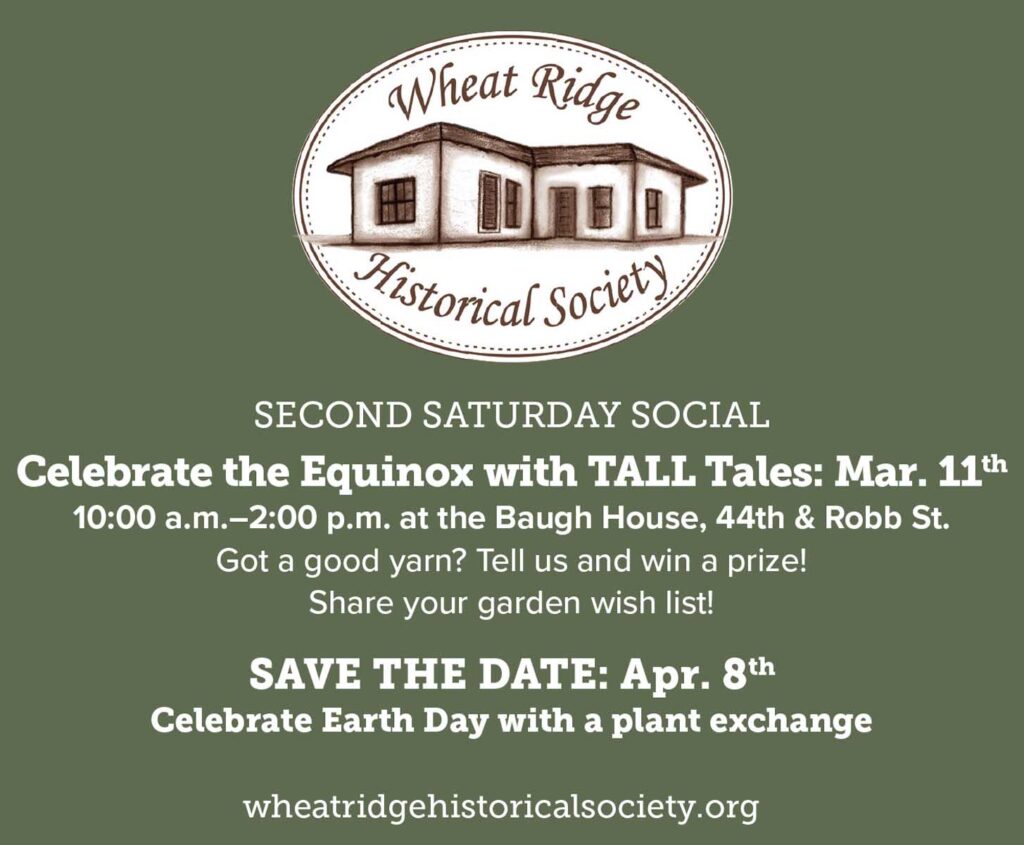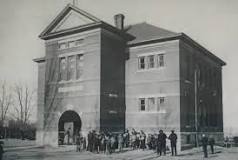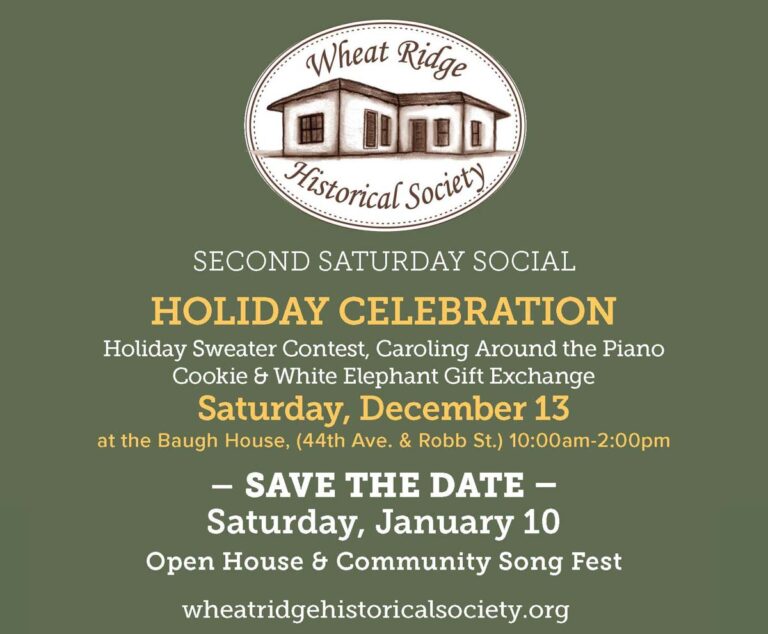Sifting through the archive collections in the Old Post Office at the Historical Park, I find myself again wishing donors who had good hearts and insight into local history had taken a few extra moments to record some details that would add provenance before donating.
Scrapbooks by the dozens contain a plethora of interesting information. Column after column clipped from newspapers and carefully pasted onto oversized pages contain fascinating data but no dates or sources. Hundreds of photos that record the early history of the area arrive with no record of names, dates or locations. This missing information renders the material unusable for research.
Such was the case recently when I came upon a couple of loose scrapbook pages that ended up in a pile of archival material to be sorted. The pasted-in headline, without source or date, blared: “The Middle Golden Road – West 38th Avenue.” The story discussed each house and its inhabitants along the avenue, but when was it published? And in what newspaper?
Another scrapbook containing over 150 photos of area farm life contained no identifying information at all, just pictures of fields, people and houses, all long gone. Knowing the original owner would enable us to “connect the dots” to local history. In reality, once cataloged, it will probably sit on a shelf, rendered almost useless for the lack of identifying details.
So, what is the appropriate process of documentation when one wants to donate artifacts (objects of cultural or historical interest) or archival material (documents and photos) to a museum? These materials provide concrete evidence of past events; they act as a memory aid or as a proxy for those events. Artifacts can be researched and verified, but they carry more meaning if the donor can provide provenance – details of their individual history. The more provenance provided, the greater the cultural or historical value. The same is true for archival materials. Official documents can contain provenance (such as date, location on letterhead), but for more informal communication and photos, missing details must be added after the fact.
For example, I recently discovered letters my grandmother wrote to her mother when she traveled with a friend to Colorado as a young woman in 1902. She lived with a cousin’s family for a summer in Ward, a small town above Boulder, and volunteered at a Boulder sanitarium. The letters are rich with detail about family life in Ward, volunteering at the hospital, life as a young single woman and her relationship with her mother. When I donate them, I’ll supply a note with my contact information and how I gained possession of the letters, as well as background information on my grandmother summarizing her life when she returned to Indiana. I expect to be asked to complete a “deed of gift” form, as well.
The Wheat Ridge Historical Society still has a moratorium in place as we continue to comb through the thousands of pieces already in our collections. However, with the approaching 50th Year Anniversary of the Society in 2024, it is expected that donations which help clarify Wheat Ridge’s history will, once again, be welcomed.







